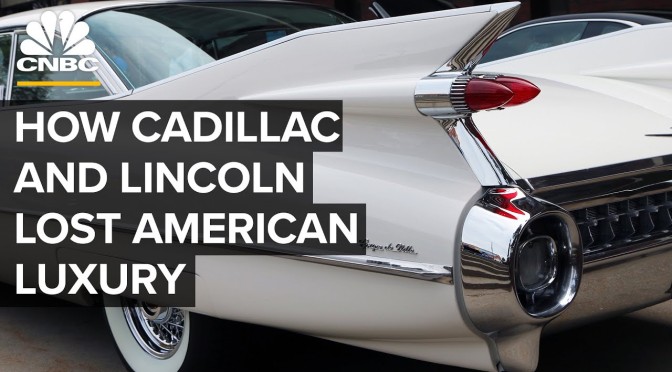Lincoln and Cadillac were once two aspirational car brands for American consumers. They slowly lost their dominance and prestige to imports. Now they are trying once again to reinvent themselves by reaching into their histories, playing to their strengths, and pushing forward with cutting edge technology.
Tag Archives: Autos
Reviews: ‘Can Subaru Hold On To Its Recent Success?’
Subaru started as a small scrappy Japanese brand, brought to the states by a couple of American businessmen in the 1960s, and was quickly met with ridicule. But it persisted, and over the decades has gone from being a small niche player to one of the most successful brands in America.
Subaru has weathered economic recessions far better than much larger competitors, and it is positioned near the top of consumer satisfaction surveys. But the ever-changing auto market presents some challenges for them, and they need to adapt to keep up.
When Subaru entered the United States in the 1960s it was panned by critics, and actually advertised its own cheap ugliness. Over the next several decades it would become a highly successful brand through a combination of offbeat but practical cars and a relentless focus on understanding its own customers.
The scrappy brand enjoyed a 93-month sales increase streak that ended in 2019, and it has found ways to survive during the coronavirus pandemic. But it is not without challenges. The intense demand for its vehicles has at times brought growing pains — quality issues and recalls gave led to an unusual quarterly loss in 2018.
There is also pressure on the company, like all automakers, to develop some kind of electrification strategy. Subaru does have a partnership with the much larger Japanese automaker Toyota, which is expected to soon produce an electric vehicle jointly made by the two companies.
Classic Car Video: “1970 Chevrolet Monte Carlo”
GM employee, Adrienne Peters’ custom-built 1970 Chevy Monte Carlo is the definition of minimalist muscle car. Take a walk around her performance powerhouse.
Business: “How Tesla Became Most Valuable Auto Company” (WSJ Video)
Tesla’s stock has more than tripled since the start of the year, giving it a market capitalization larger than many behemoths of American industry. But its rise wasn’t necessarily driven by fundamentals. WSJ explains.
Illustration: Jacob Reynolds/WSJ




